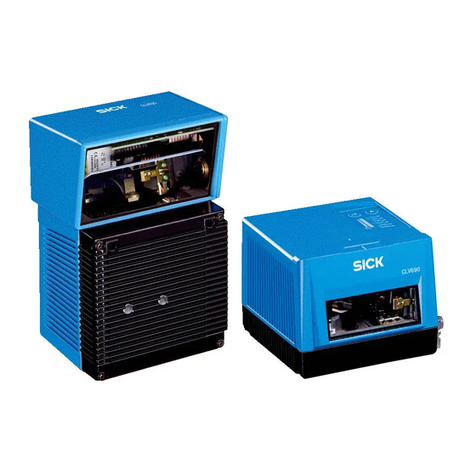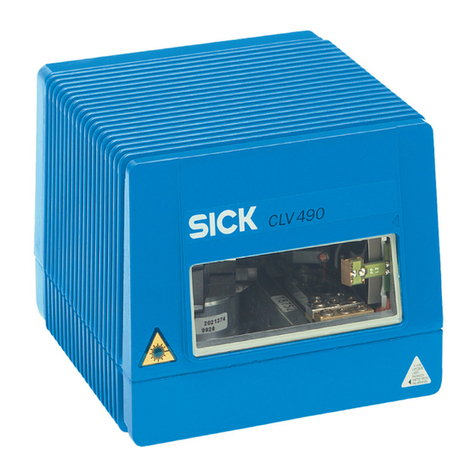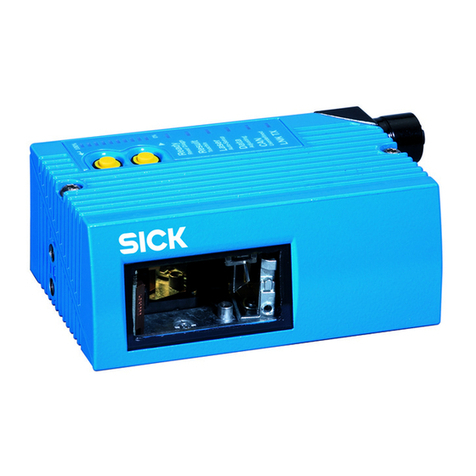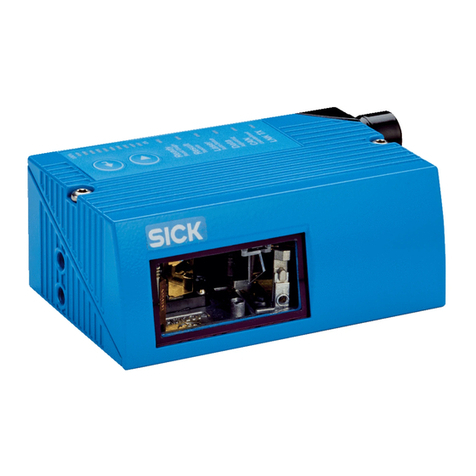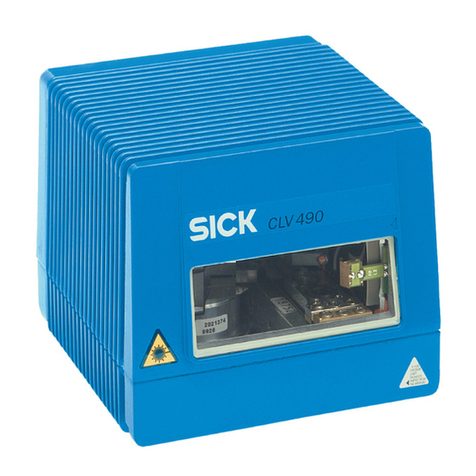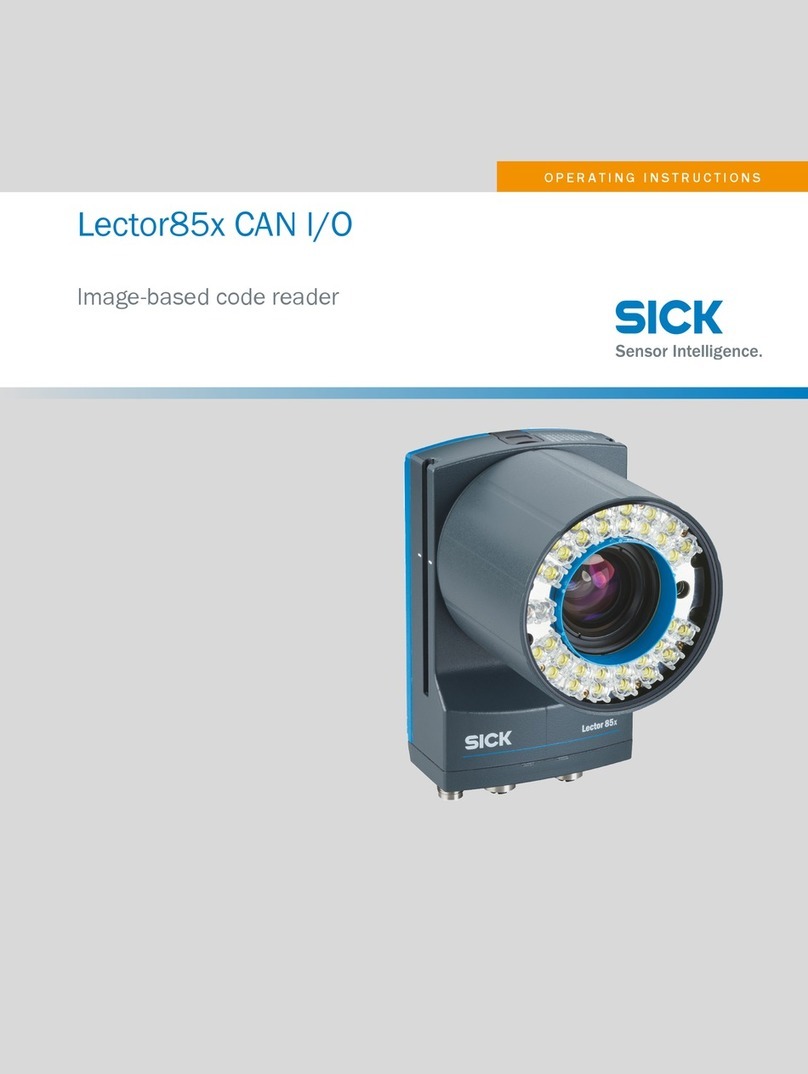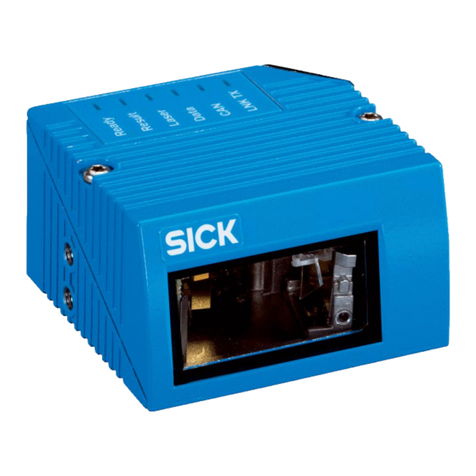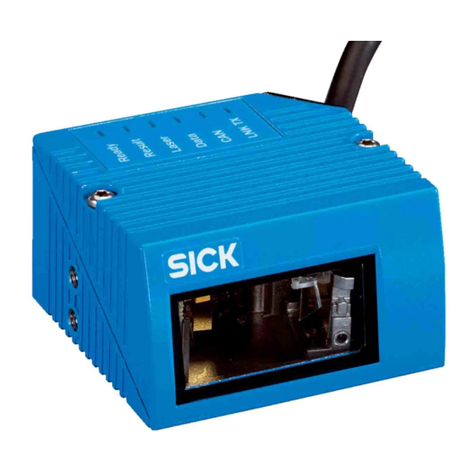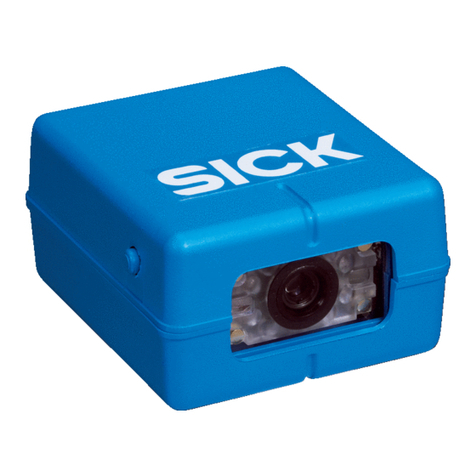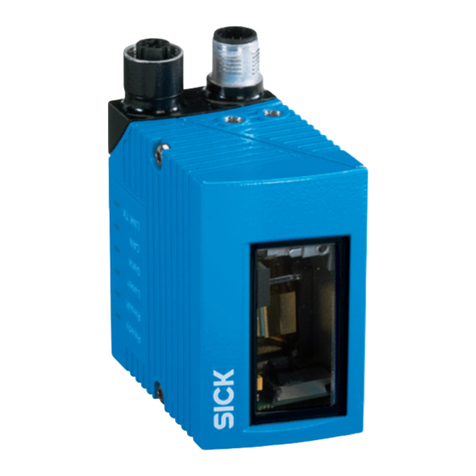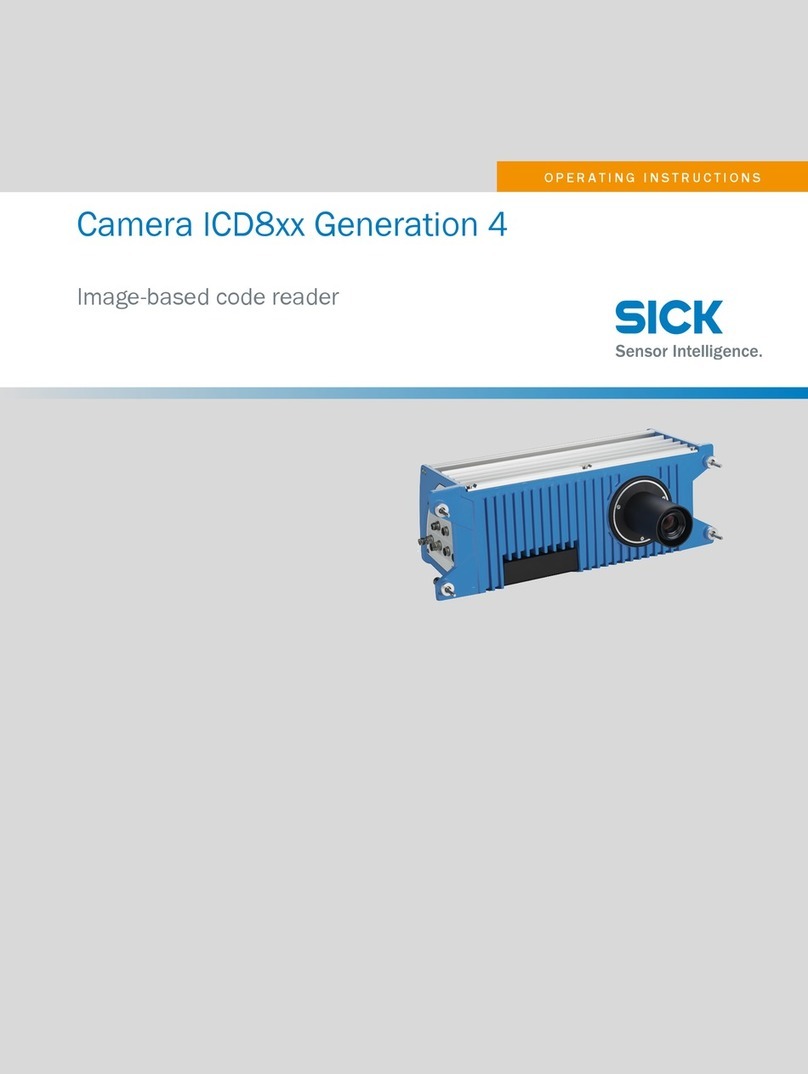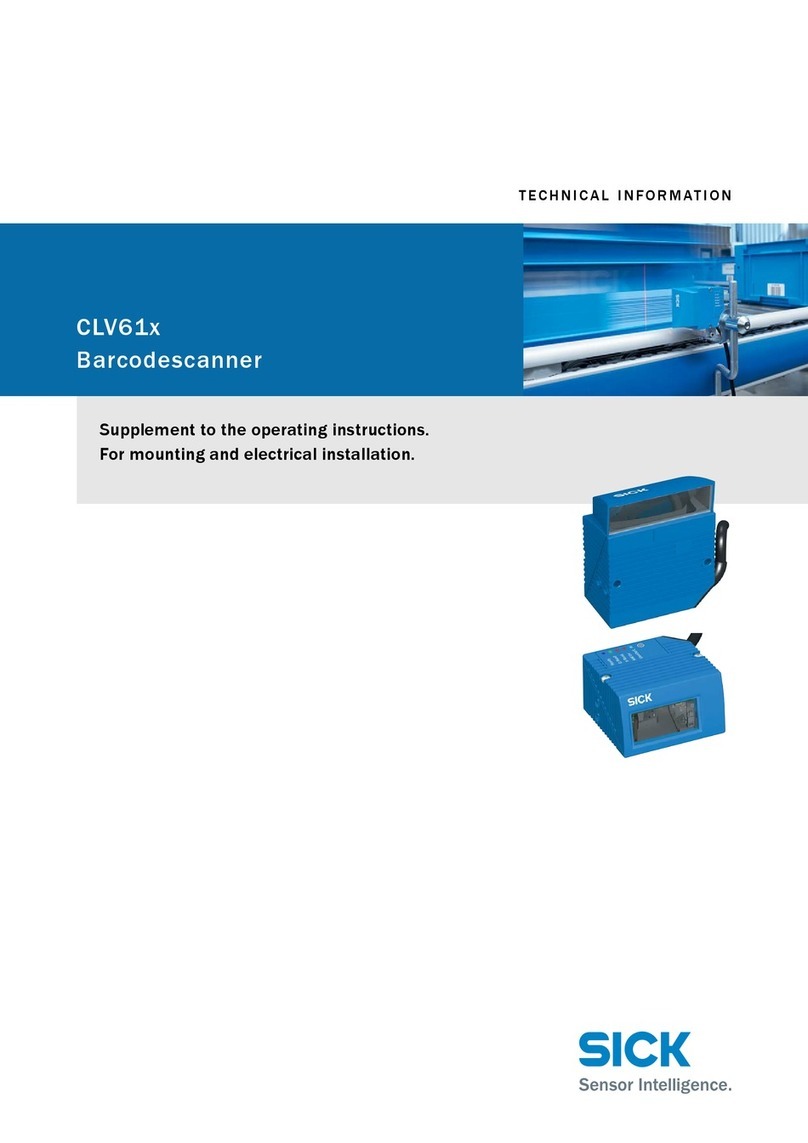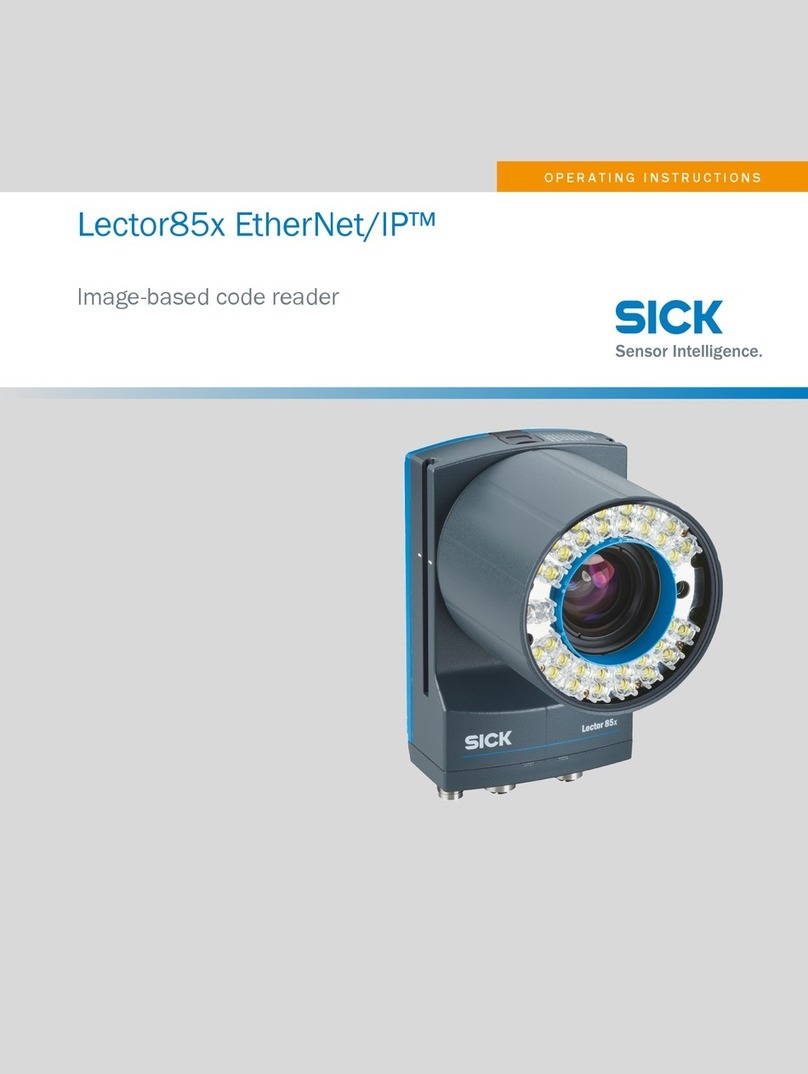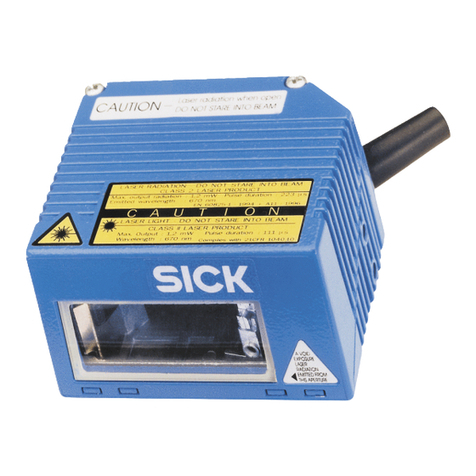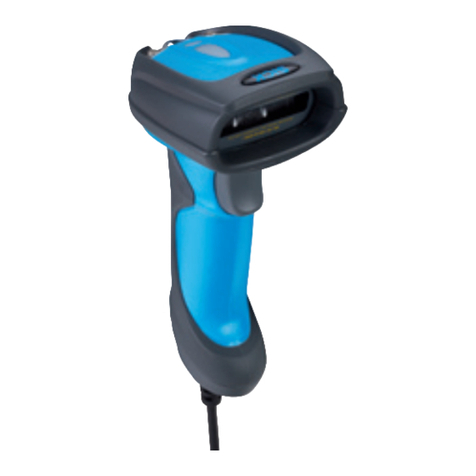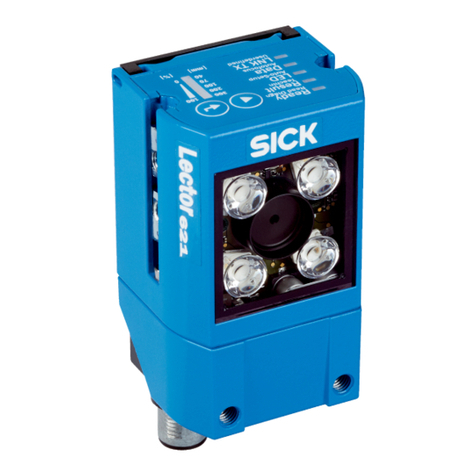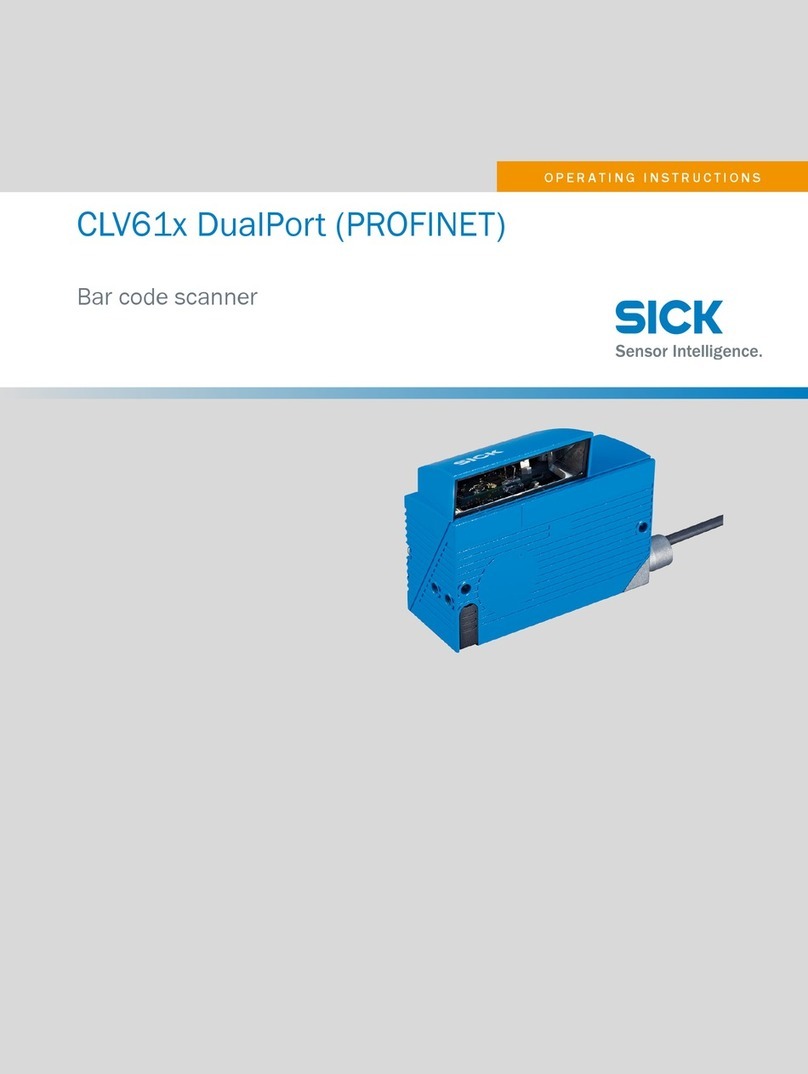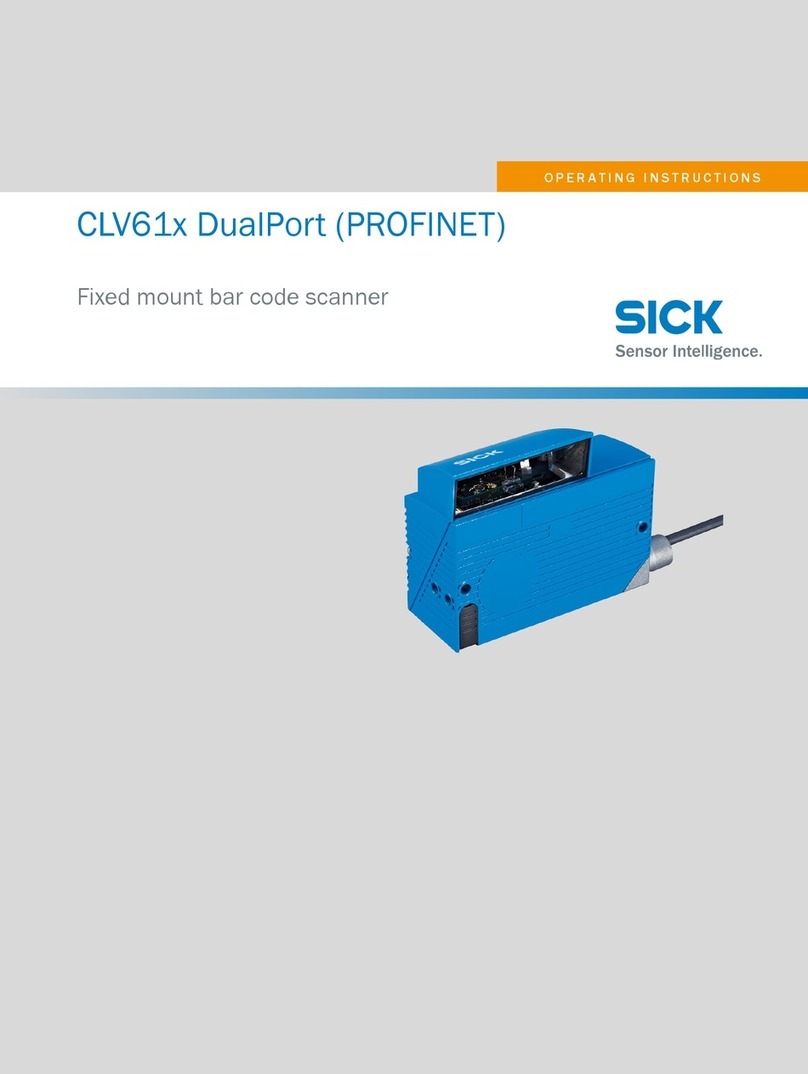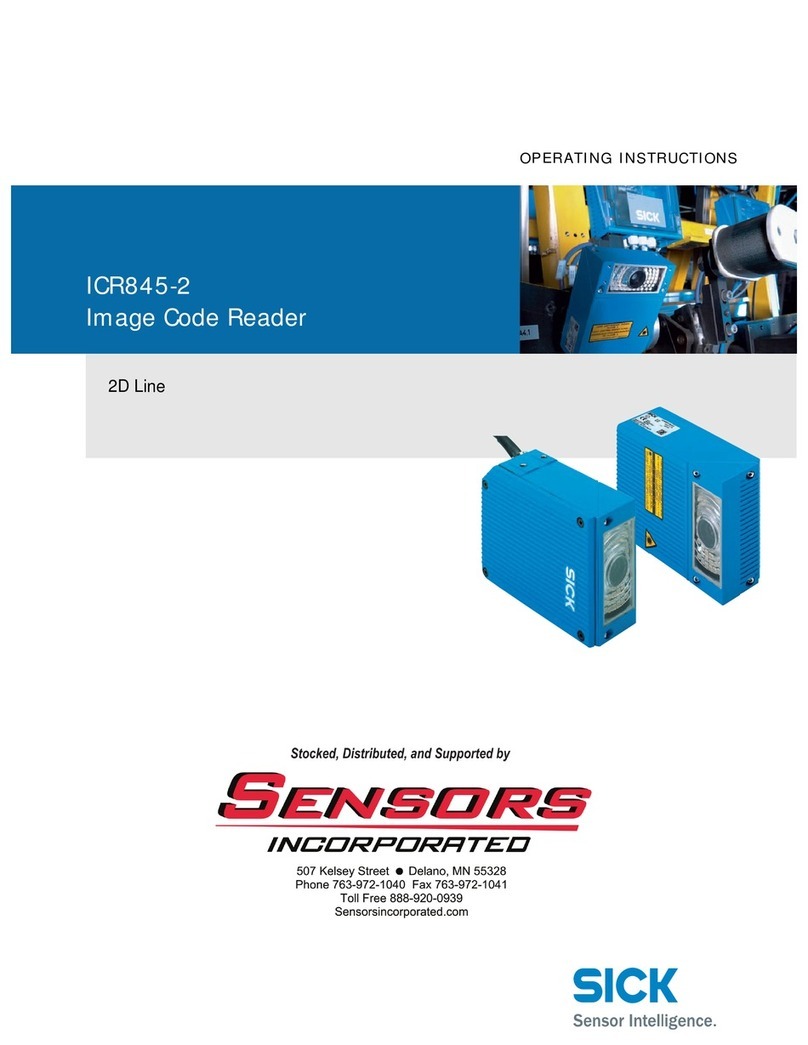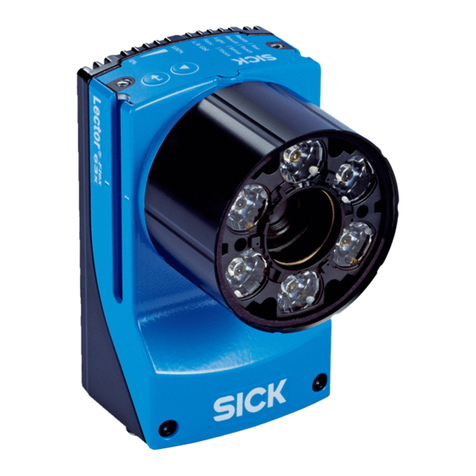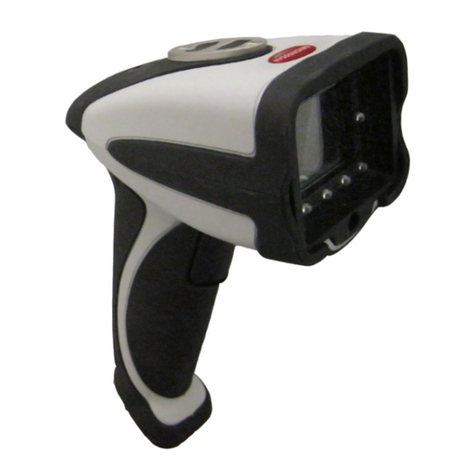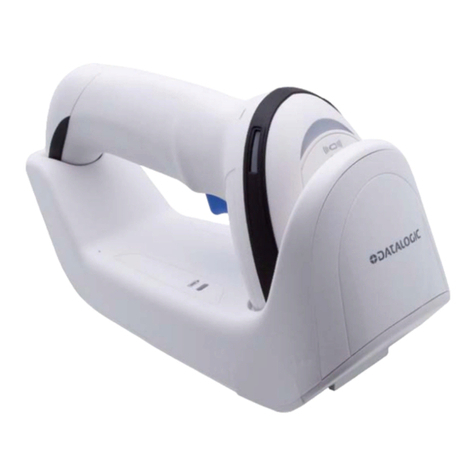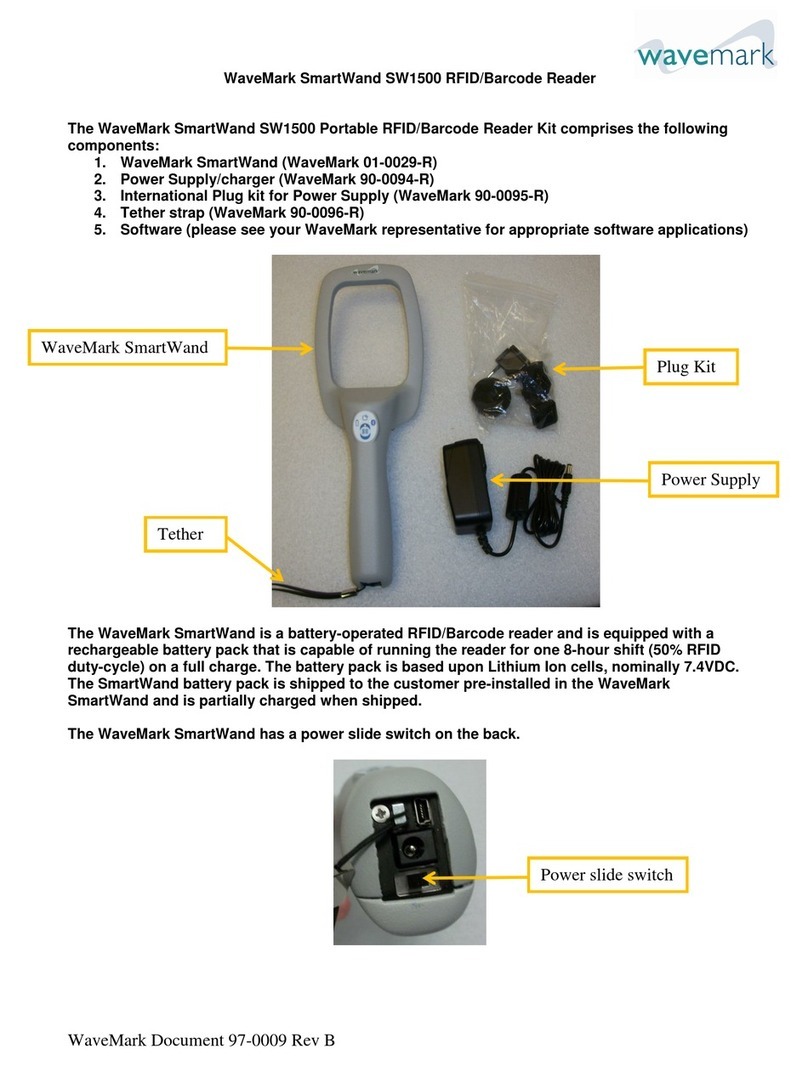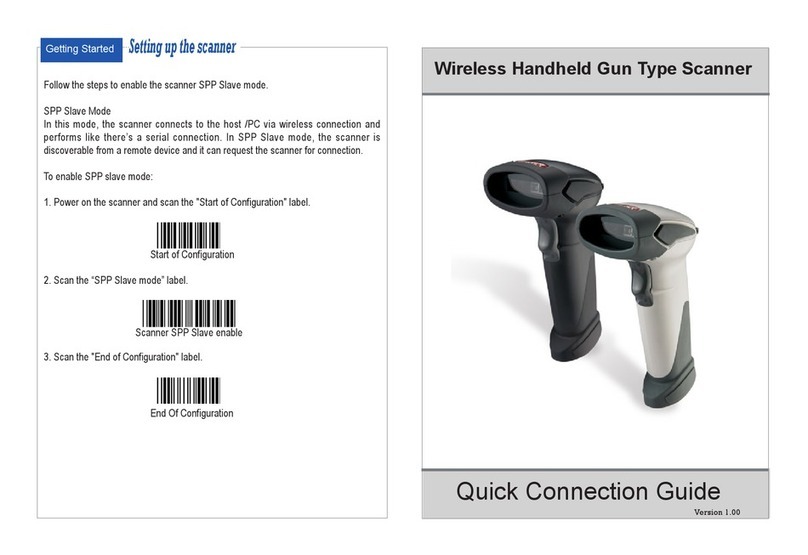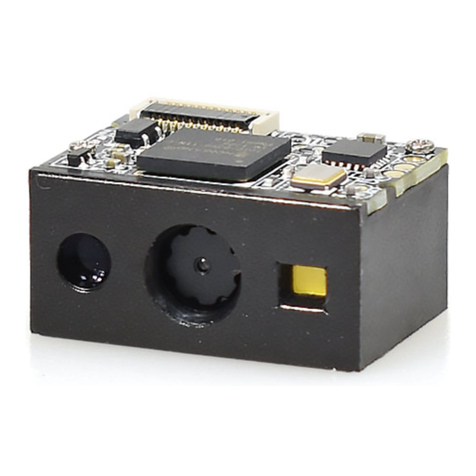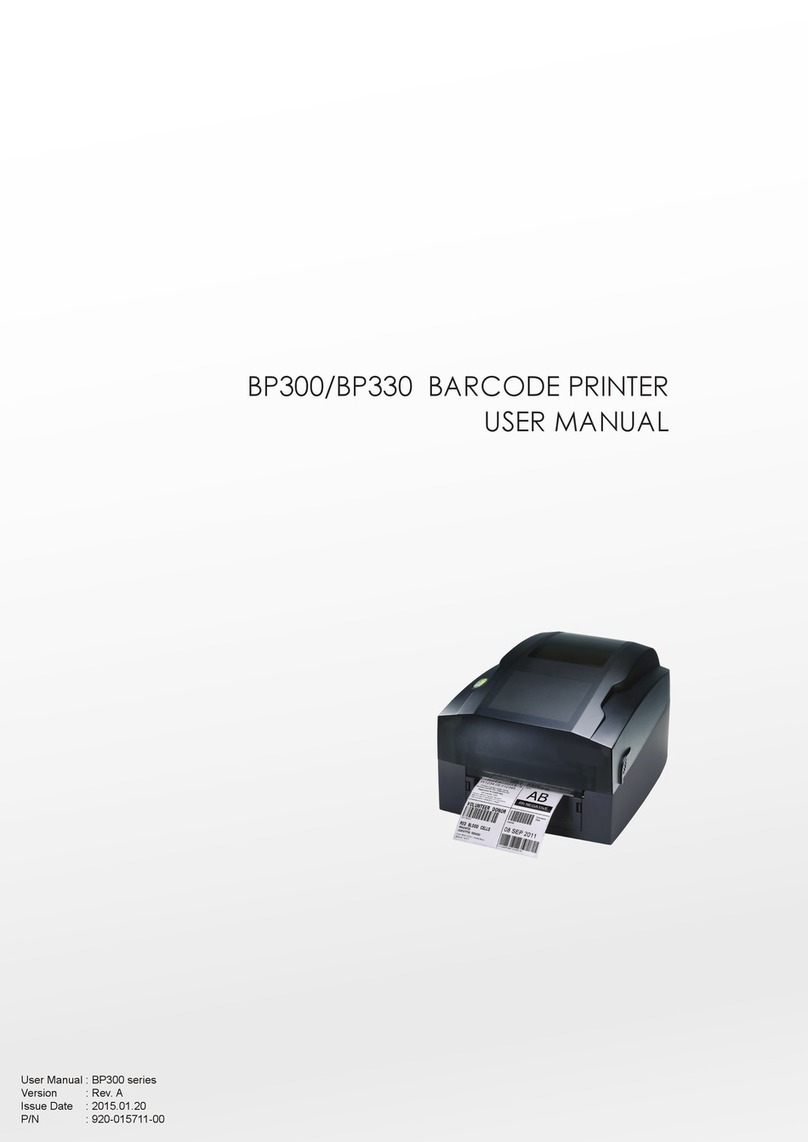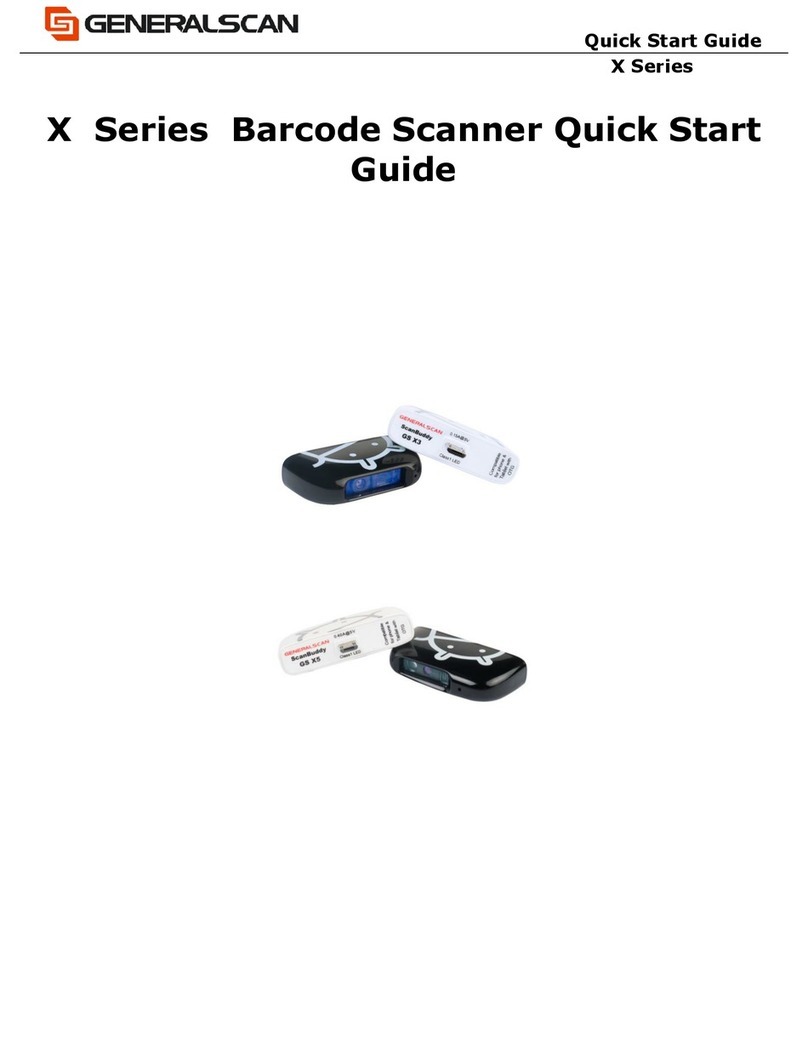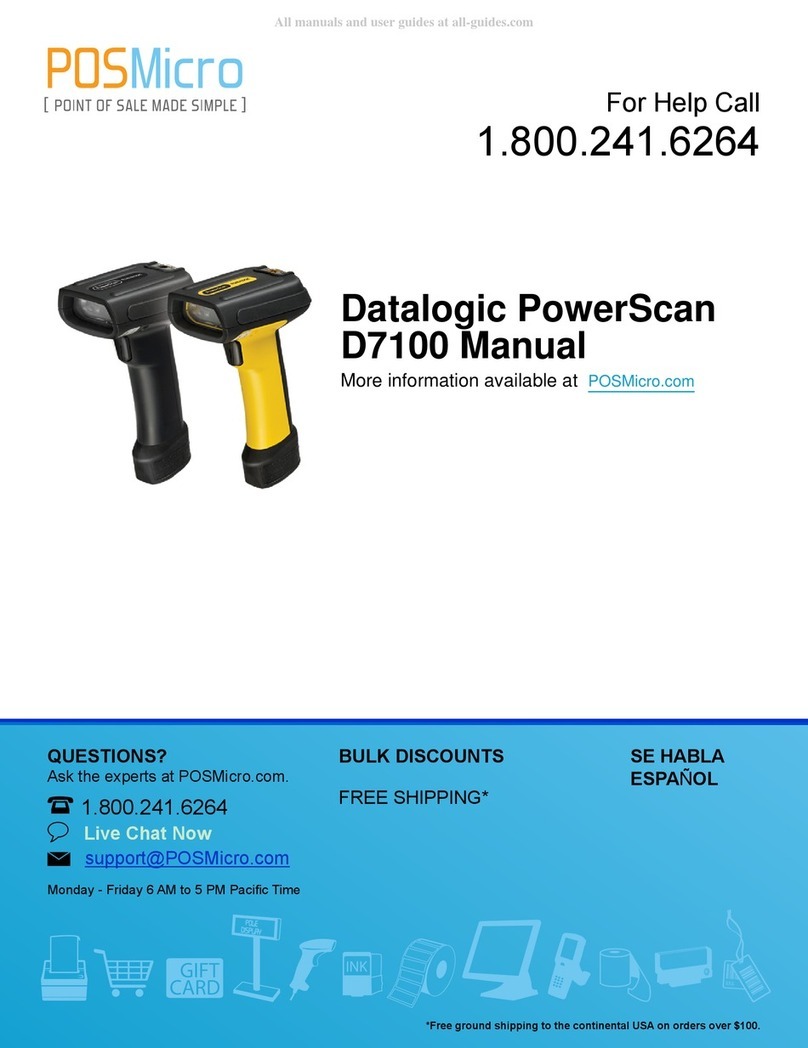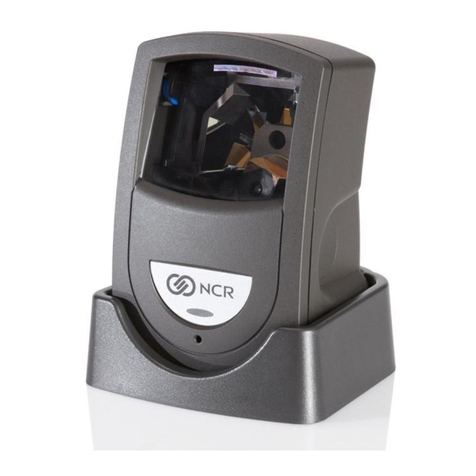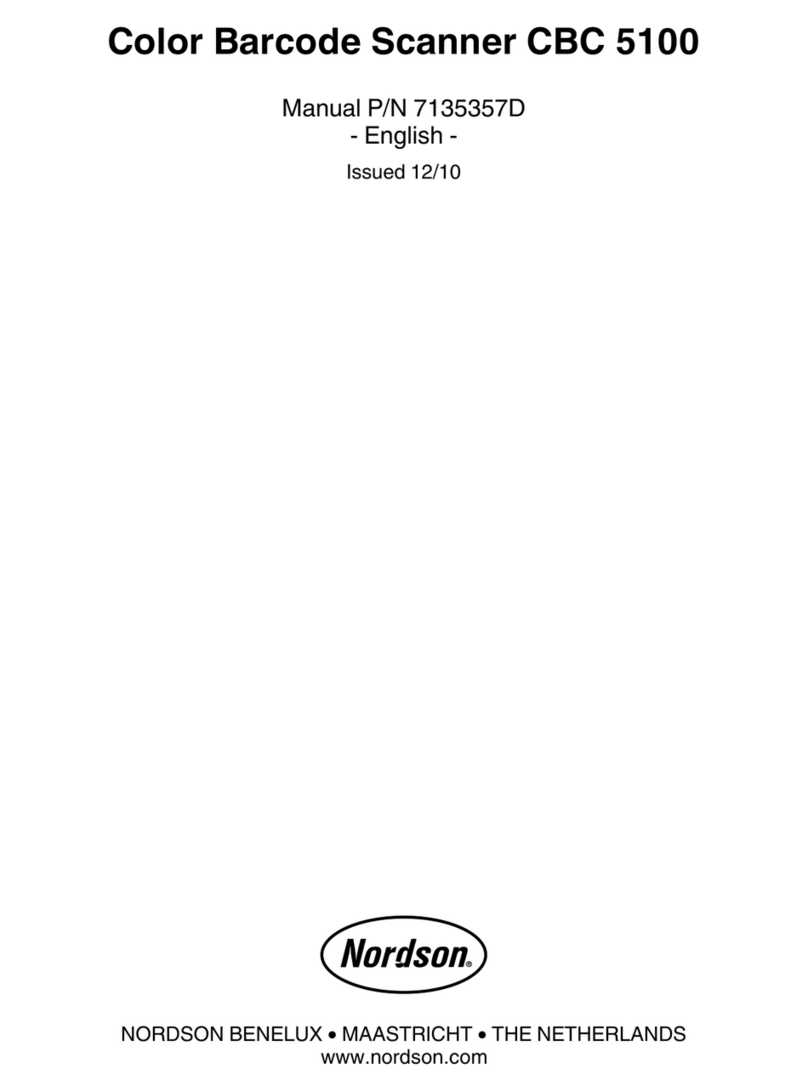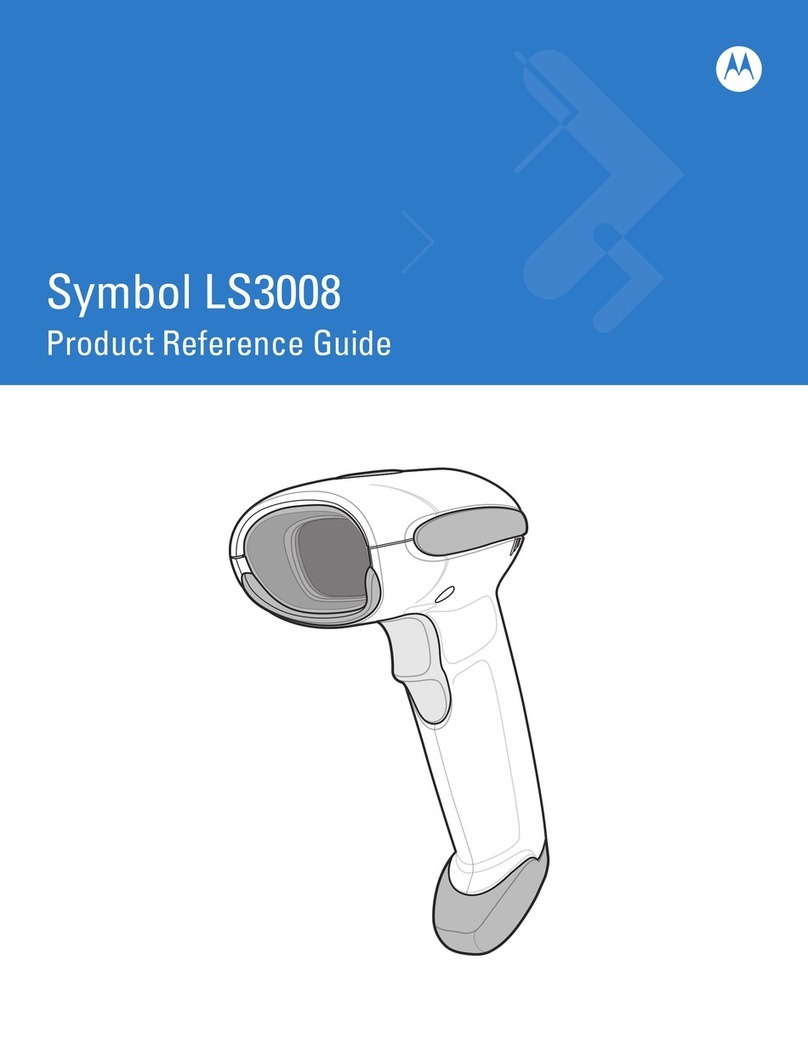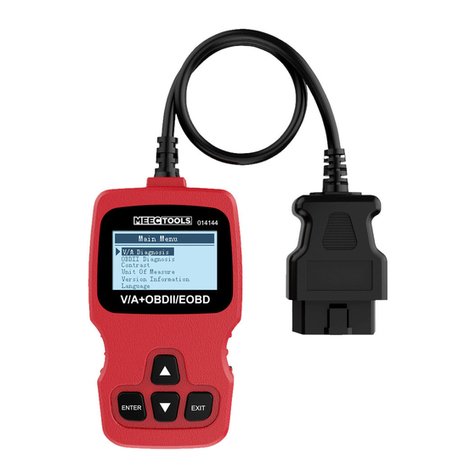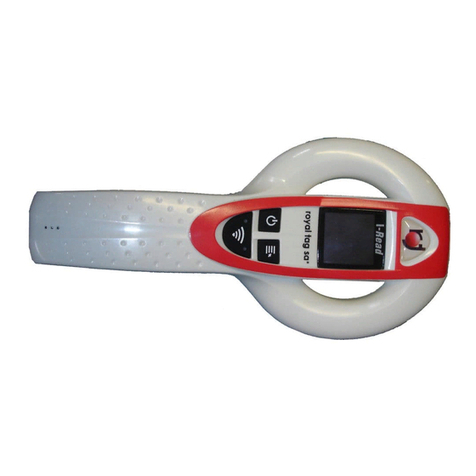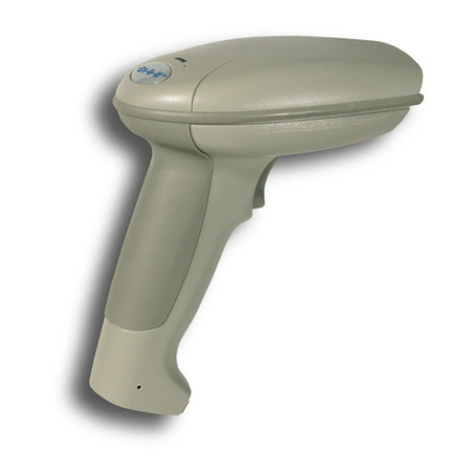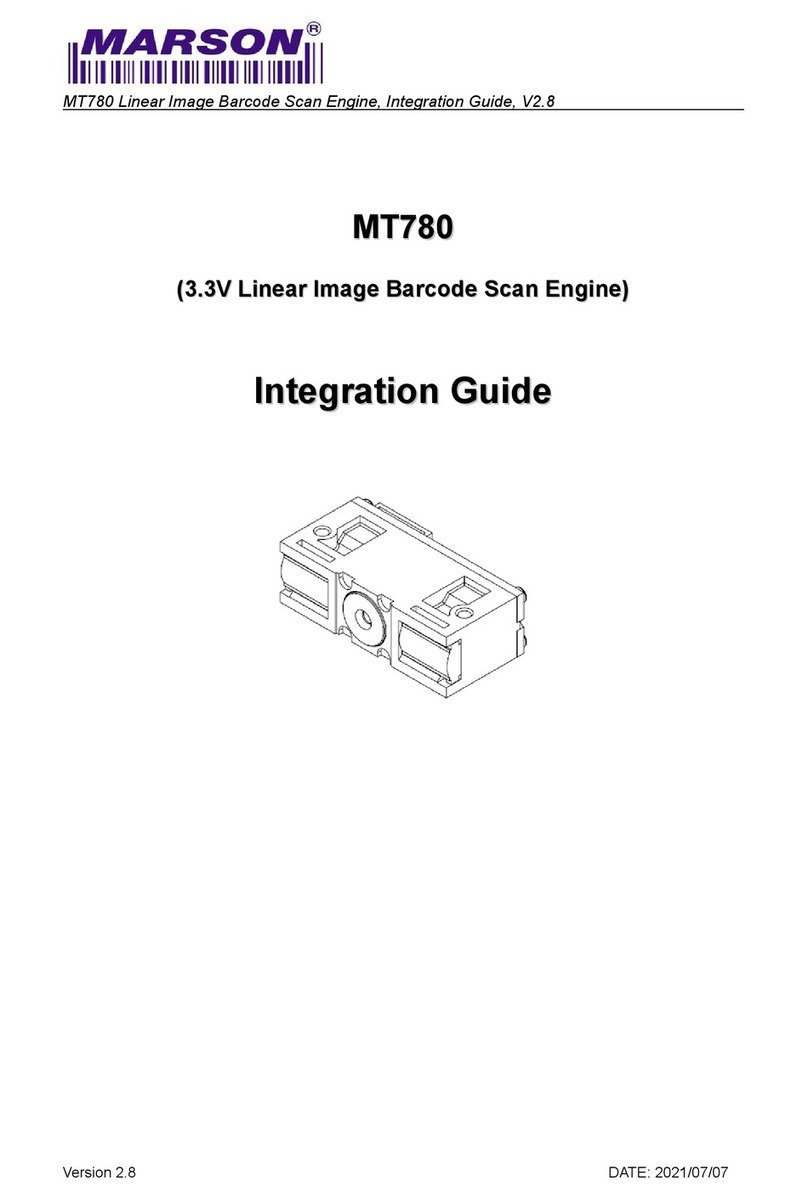
Operating Instructions
CLV 490 Bar Code Scanner
8 008 876/0000/25-06-2002 © SICK AG · Division Auto Ident · German · All rights reserved I-5
Contents
Table of contents
1 Notes on this document............................................................................................ 1-1
1.1 Purpose ....................................................................................................................................... 1-1
1.2 Target audience........................................................................................................................ 1-1
1.2.1 Mounting, electrical installation, maintenance and replacement.................... 1-1
1.2.2 Startup, operation and configuration ......................................................................... 1-1
1.3 Information content................................................................................................................. 1-2
1.4 S mbols ....................................................................................................................................... 1-2
2 Safety information....................................................................................................... 2-1
2.1 Authorized users ...................................................................................................................... 2-1
2.1.1 Mounting and maintenance .......................................................................................... 2-1
2.1.2 Electrical installation and replacement ..................................................................... 2-1
2.1.3 Startup, operation and configuration ......................................................................... 2-1
2.2 Intended use.............................................................................................................................. 2-1
2.3 General safet instructions and protection measures .............................................. 2-1
2.4 Quick stop and quick restart................................................................................................ 2-3
2.4.1 Stopping the CLV............................................................................................................... 2-3
2.4.2 Restarting the CLV ............................................................................................................ 2-3
2.5 Environmental information....................................................................................................2-4
2.5.1 Power requirements.........................................................................................................2-4
2.5.2 Disposal after removal from service.......................................................................... 2-4
3 Product description .................................................................................................... 3-1
3.1 Design .......................................................................................................................................... 3-1
3.1.1 Scope of deliver ............................................................................................................... 3-1
3.1.2 Variants ................................................................................................................................. 3-1
3.1.3 S stem requirements...................................................................................................... 3-2
3.1.4 Design ................................................................................................................................... 3-4
3.2 Method of operation............................................................................................................... 3-5
3.2.1 Autofocus function............................................................................................................ 3-6
3.2.2 Event-controlled d namic focus control ................................................................... 3-7
3.2.3 Scan procedure variants ................................................................................................ 3-7
3.2.4 Additional components ................................................................................................... 3-8
3.3 Indicators and control elements ........................................................................................ 3-8
3.3.1 Control elements............................................................................................................... 3-8
3.3.2 Function of the LEDs........................................................................................................ 3-8
4 Installation..................................................................................................................... 4-1
4.1 Installation sequence ............................................................................................................. 4-1
4.2 Preparations............................................................................................................................... 4-1
4.2.1 Required components..................................................................................................... 4-1
4.2.2 Required accessories...................................................................................................... 4-1
4.2.3 Required auxiliar parts .................................................................................................. 4-1
4.2.4 Replacing the laser warning label ............................................................................... 4-2
4.2.5 Selecting the mounting location .................................................................................. 4-2
4.2.6 Mounting accessories ..................................................................................................... 4-3
4.2.7 Distance between the CLV and the bar code........................................................ 4-4
4.2.8 Count direction of the code position CP and code angle CW.......................... 4-6
4.3 Mounting and adjusting the device................................................................................... 4-7
4.3.1 Mounting the CLV.............................................................................................................. 4-7
4.3.2 Adjusting the CLV .............................................................................................................. 4-8
4.3.3 Adjusting mode .................................................................................................................. 4-9
4.4 Mounting the external components................................................................................4-10
4.4.1 Mounting the AMV/S 60 Connection Module......................................................4-10
4.4.2 Mounting the external reading pulse sensor........................................................4-10
4.4.3 Mounting the sensors for detecting the object distance.................................4-12
4.5 Dismantling the device ........................................................................................................4-13
5 Electrical installation ................................................................................................. 5-1
